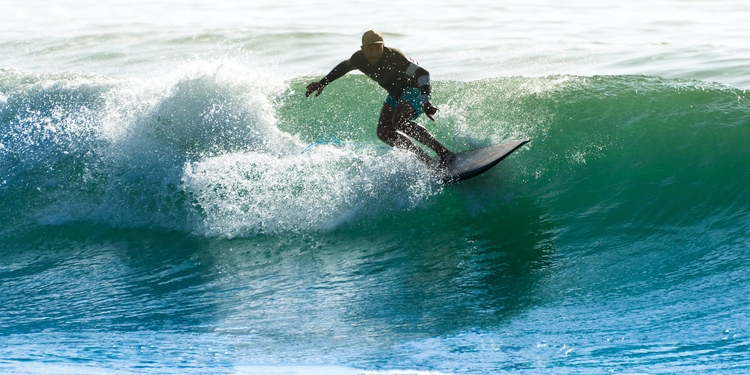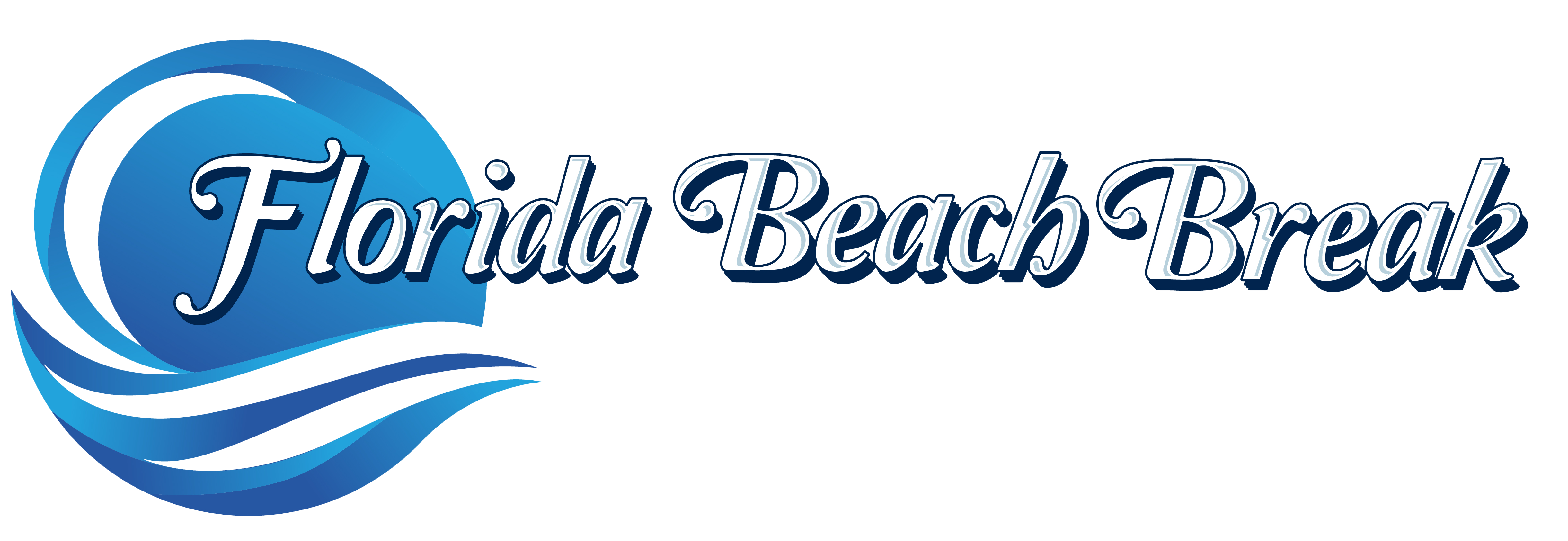
WHERE IS THE BEST PLACE TO LEARN TO SURF?
The West Coast? The East Coast? The United States' two opposing coasts have fought over just about every pop culture phenomenon over the years and the best surfing is no exception. While it seems that the West Coast has won the East Coast vs West Coast surfing popularity contest, let's dive into the differences that actually have developed more World Champions to hail from the East Coast.
WHAT SHAPES THE WAVES
To start off, let’s look at what shapes the waves on both coasts. The Northern Pacific Gyre that spins clockwise brings swell, created by open ocean storms, thousands of miles arching across the northern Pacific Ocean down towards the West Coast. As these swells travel, they continue building in intensity until they slam into the West Coast of North America lighting up the coast with waves thus making Washington, Oregon, and California surfers late for work.
On the East Coast, the North Atlantic Gyre, also spinning clockwise, brings swell across the Atlantic Ocean close to the equator and slams into the offshore continental shelf before dragging across the shelf to connect with the East Coast in Florida. By then, it's lost half of its power.
When surfers compare wave height, consistency and power, it is well known that the West Coast wins in all three categories regularly. This is due to the sheer size of the Pacific Ocean versus the Atlantic Ocean and the differences in the bathymetry of the two bodies of water.
OCEAN SIZE
Ocean size becomes a factor because Pacific swells are able to travel much further and pick up more momentum so when they arrive they have had more time to organize and build. This is evident when we look at buoy readings. The swell of the year that just lit up the West Coast in early December 2020 read “17 feet @ 19 seconds”. Interpreted, this means the swell height was 17 feet, and that swell peaked at 17 feet every 19 seconds. That is a massive swell that caused 40-50 foot waves at Half Moon Bay, CA. While that is the swell of the year, it's not uncommon to see 10-14 second intervals on the west coast which translates into those perfect corduroy lines we see lining up out to sea in pictures of California's point breaks on northwest swells.
In the Atlantic, the distance swells are able to travel is much shorter due to the relative size of the Atlantic Ocean versus the Pacific Ocean. Looking at buoy readings on the East Coast, a good swell may be “8 feet @ 8 seconds” with the swell peaking at 8 feet, every 8 seconds. With the shorter travel distance, the swell just hasn’t had enough time to grow and organize before reaching shore. This results in messier and more inconsistent waves.
BATHYMETRY (SCIENCE LESSON HERE!)
The second factor is bathymetry. Bathymetry is the study of the ocean floor and its affect on the world around it. With regard to swells and ocean energy, we have to look at the ocean floor of each respective coast and the role that plays in forming the deep ocean swell once it arrives. Off each coast, there is a continental shelf. The continental shelf is the transition point of the ocean floor between deep sea and the relatively shallow seabed near shore. This change in depth zaps energy from deep ocean swell as it hits the continental shelf dragging along before the swell reaches land. The farther the swell has to travel over the continental shelf, the less energy it will have to create that wave we will surf.
The West Coast surf is known to have more powerful waves because the continental shelf is only 0.62 miles out to sea in parts of California. Comparatively, the continental shelf on the east coast of Florida extends 3 miles. Beyond that lies the Blake Plateau which extends another 90 miles. So while on the West Coast, swells transfer from a deep ocean swell dragging over a shelf for roughly half a mile to waves when reaching shore, in the Atlantic Ocean swells must continue over a 93 mile shelf before reaching shore. Thus, the vast power difference between West and East Coast waves.
THE BEST SURFERS
One could assume then, the best surfers would come from the West Coast. However, there are twice as many World Champions from the East Coast than there are from the West Coast.
What is it about East Coast waves that sets the surfers apart?
The answer may lie in the imperfection of daily east coast waves.
Growing up in Santa Barbara, California surfing the many perfect points on the Southern Central Coast, Tom Curren honed his fluid style linking turn after turn down glassy head high waves that broke for longer than a football field. The ability to run reps for this distance allowed Curren to become the legendary surfer he is with his three world titles. On the other hand, 11 time World Champion Kelly Slater grew up surfing knee high, windy, disorganized slop on the Space Coast of Florida. The difference in wave quality forced Slater to find every pocket of energy on every wave. Being forced to really understand the small minute details of waves to maximize potential rides in small gutless surf is what has made Kelly the greatest surfer to ever walk the planet.
Every day conditions on the East Coast train surfers to harness the extra potential energy that each wave offers. East Coast waves bring to light the shortcomings of each surfer because there’s no extra energy in the wave to rely on to cover up poor performance. While people may flock to California to get a crack at long rides and powerful swells, they may consider flocking to the East Coast to learn to surf or learn to surf better.
If you'd like to learn to surf on the Space Coast, visit our surfing page to find surf lessons.
